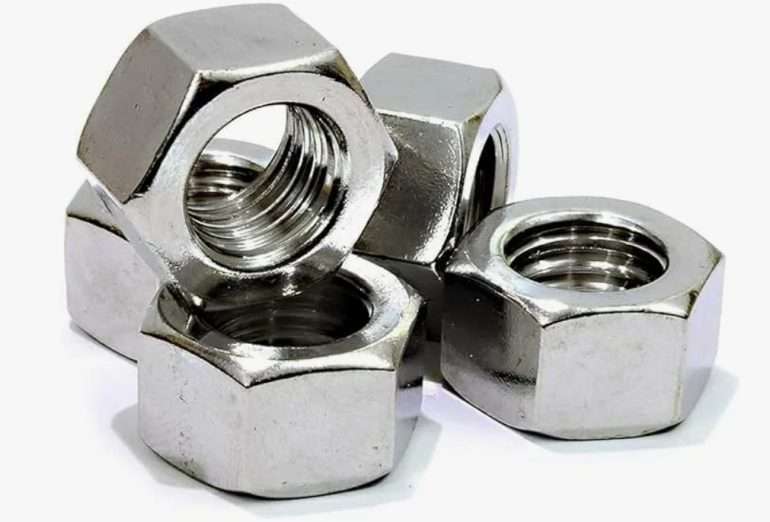Reliable Joints: The Role of Six-Sided Fasteners in Mechanical Assemblies
Introduction to Mechanical Fastening
Secure mechanical connections are a cornerstone in engineering. During assembly, components remain tightly joined, working as a single system. For these purposes, six-sided fasteners are a prevalent choice, due to their unique design and efficiency. Many professionals rely on hexagon nut suppliers to obtain high-quality items for critical joints. Proper selection and use of such accessories directly influence performance and durability.
Why Six-Sided Nuts Offer Outstanding Grip
All fasteners are designed to keep components attached. This type stands out because the six flat surfaces simplify tightening with various tools. Not only that, the design prevents slippage, even if handled with standard wrenches or sockets.
Popular Advantages
- Simple to install and remove in confined spaces
- Excellent load distribution across the joint’s surface
- Reduced risk of rounding, ensuring repeatability
- Compatible with both manual and powered assembly tools
In systems exposed to frequent vibration, the shape helps maintain the required tension longer. As a result, machinery, automobiles, and construction frameworks benefit from consistent reliability.
Did you know? The hexagonal profile allows application of force from six different angles, making daily maintenance tasks faster and more convenient.
Load Management and Stability
Consistent pressure is key for safety. These fasteners distribute tension evenly, lessening the risk of deformation or failure in the joined pieces. When combined with matching bolts and washers, they strengthen the overall connection. The geometry allows users to achieve the needed tightening levels without excessive effort.
Application Settings
Engineers select specific dimensions to match equipment requirements. For example, lighter assemblies often use smaller versions to minimize weight, while heavy-duty machines require robust, thicker options to withstand greater loads.
Expert tip: Adding a spring washer or a special lock can significantly prolong the time between service check-ups by maintaining clamp load.
Material Choices and Finishes
Not all fastening solutions are created equal. Materials such as carbon steel, stainless alloys, and brass grant unique properties. Special coatings like zinc or nickel plating increase resistance to corrosion, prolonging service life. Selection often depends on environmental exposure, required strength, and compatibility with other parts.
- For outdoor use, stainless or galvanized versions are a common choice.
- Brass is prized for its electrical conductivity and non-magnetic qualities.
Surface finish also plays a part in installation, as smoother threads lead to less friction.
Common Precautions and Best Practices
Following assembly instructions ensures a secure connection. Technicians are encouraged to verify compatibility between different sizes and thread types before installation. Cleaning both surfaces beforehand prevents unexpected loosening.
Fact: Incorrect torque can compromise the joint, so using a calibrated wrench is recommended for best results.
Processes differ depending on the sector—what works for automotive production may not be ideal for aerospace, where extra safety measures are applied.


